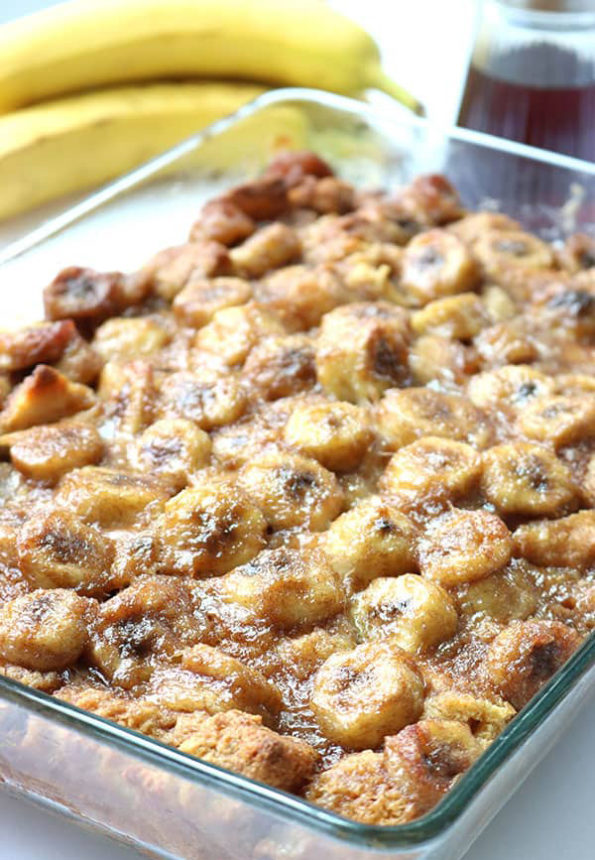Asparagus stuffed chicken breast

What is asparagus?
It is a member of the lily family, and grows in Europe, America, India, tropical and subtropical regions. Asparagus is distinguished by its straight stems, which reach a height of 150 centimeters. Asparagus comes in three colors, white, purple, and most commonly green. It is preferable to choose asparagus with straight and firm buds, and it is preferable to consume it within two or three days of purchasing it because it deteriorates quickly, or it can be kept for a longer period in cold water or its ends should be moistened and then stored in the refrigerator.
Nutrient contents of asparagus
Asparagus is low in calories but packed with nutrients.
Half a cup (90 grams) of cooked asparagus contains:
Calories: 20 calories.
Proteins: 2.2 grams.
Fat: 0.2 grams.
Fiber: 1.8 grams.
Vitamin C: 12% of the recommended daily allowance.
Vitamin A: 18% of the daily value.
Vitamin K: 57% of the daily value. Asparagus contains a high percentage of vitamin K, which is involved in blood clotting and bone health.
Folic acid: 34% of the daily value. Which makes it a suitable food for pregnant women, as it helps growth and DNA formation.
Potassium: 6% of the daily value.
Phosphorus: 5% of the daily ration.
Vitamin E: 7% of the daily value.
Asparagus also contains small amounts of iron, zinc, and riboflavin.
Health benefits of asparagus
A good source of antioxidants
Asparagus contains many antioxidants such as: vitamin E, vitamin C, and glutathione. It also contains flavonoids and polyphenols.
All of the above antioxidants protect cells from the harmful effects of free radicals, thus protecting them from chronic inflammation and cancer.
Purple asparagus contains anthocyanin, which gives it this color. It is an antioxidant responsible for lowering blood pressure and preventing heart attacks and other heart diseases.
Improves digestive health
Asparagus is also a good source of fiber, with half a cup of it containing 1.8 grams of fiber, which is equivalent to 7% of the daily requirement.
Asparagus mainly contains insoluble fiber, which in turn adds bulk to stool and improves bowel movement.
Asparagus also contains a small amount of soluble fiber, which when dissolved in water forms a gel in the digestive tract. Soluble fiber also provides food for beneficial bacteria in the gut, such as lactobacillus and bifidobacteria.
Increasing the number of beneficial bacteria in the intestine plays a role in strengthening the immune system and producing important nutrients such as vitamin K and vitamin B12.
Eating asparagus as part of a high-fiber diet is an excellent way to get enough fiber and keep your digestive system healthy.
Is asparagus suitable for pregnant women?
Asparagus is a very rich source of folic acid, also known as vitamin B9. Half a cup of asparagus provides an adult with 34% of his daily requirement, and it also provides a pregnant woman with 22% of her daily requirement.
Folic acid is an essential nutrient that aids in the formation of red blood cells and the production of DNA for healthy growth and development. Folic acid is especially important in the early stages of pregnancy to ensure the growth and development of the fetus.
You can get enough folic acid from sources such as asparagus, green leafy vegetables, and fruits to protect against neuronal tube defects, including spina bifida.
A neural tube defect leads to a host of complications, ranging from learning disabilities, lack of bowel and bladder control, and physical disabilities.
Providing a pregnant woman with sufficient amounts of folic acid is very vital during pregnancy, particularly in the early stages of it. Therefore, it is recommended to use folic acid supplements to ensure that the needs of a pregnant woman are met.
Asparagus helps lower blood pressure
Blood pressure affects 1.3 billion people worldwide and is a risk factor for heart disease and stroke. One effective way to lower blood pressure is to increase potassium intake and reduce salt intake, as potassium lowers blood pressure in two ways: by relaxing the walls of blood vessels and by excreting excess salts through urine.
Asparagus is a good source of potassium, as half a cup of it gives an individual 6% of his daily potassium requirement.
In a study conducted on experimental rats with high blood pressure, one group of them was fed a diet containing 5% asparagus, while the other group continued to eat the standard diet. After 10 weeks, the asparagus group had a 17% reduction in blood pressure compared to the group that ate the regular diet without asparagus. This study was conducted in 2013 and was published in the Journal of Agriculture and Food Chemistry.
Researchers from the previous study believe that the effect of asparagus in lowering blood pressure is due to the presence of active compounds in it that expand blood vessels, but studies need to determine if these compounds have the same effect on the human body.
Eating potassium-rich vegetables like asparagus helps lower blood pressure.
Asparagus to help lose weight
There are no studies at the present time to test the effect of asparagus on weight, but there are a group of properties that distinguish asparagus that are believed to contribute to weight loss, such as:
Asparagus is a low-calorie food, as half a cup contains 20 calories, which means that large quantities can be eaten without worrying about calories.
Asparagus also contains large amounts of water, with water making up 94% of asparagus. Most studies indicate that foods rich in water and low in calories are associated with weight loss.
Asparagus is rich in fiber, which plays a role in increasing the sense of satiety and thus contributes to weight loss.
Prepare the asparagus
Asparagus is easy to prepare and delicious. It must be washed and the tough ends removed. There are many ways to add it to food dishes such as:
Asparagus can be cooked in several ways, such as boiling, steaming, grilling, and roasting. It can also be purchased canned, where it is cooked and ready to eat.
It can be used in a number of dishes such as salads, frittatas, omelets, and pastas, and is also an excellent side dish.
It can be eaten alone with a little olive oil.
Ingredients :
4 Skinless boneless chicken breasts about 1 1/2 lb.
1 Tsp Italian seasoning mix
1 Tsp Garlic Powder
1 Tsp Smoked Paprika
Sea salt and pepper
12 Asparagus stalks end trimmed
1 oz Sun-dried Tomatoes chopped
4 slices Mozzarella Cheese
1 Tbsp Olive Oil
Instructions :
1. Preheat your oven to 400 F.
2. Start cutting each one lengthwise to create the pockets. Be careful not to cut all the way through.
3. Place the chicken on a clean chopping board and sprinkle with Italian seasoning, garlic powder, paprika, salt, and pepper.
4. Add 3 sprigs of asparagus and a couple of pieces of sun-dried tomatoes to a mozzarella slice, then roll it to hold them inside. Stuff the chicken breasts with it.
5. Close the pocket with a toothpick. Heat oil in a large and cast iron skillet over medium-high heat.
6. Add in the chicken and sear it until nicely golden brown, about 3-5 minutes per side.
7. Bake the chicken for 15-20 minutes, or until the cooked through and no longer pink in the inside.
ENJOY!!





